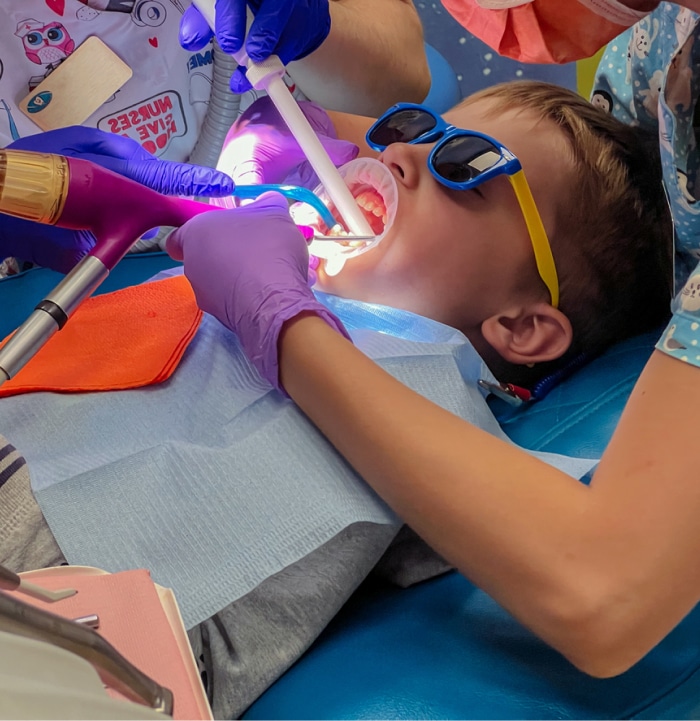Understanding dental sealants
A sealant is a coating applied to the chewing surfaces of the back molars. The sealant acts as a barrier to prevent food and bacteria from packing in the grooves of the teeth. Avoiding sticky foods, hard candy, and chewing on ice prevents the sealants and teeth from fracturing. Typically, the dentists only prescribe sealants on permanent teeth.
The sealant application process
The process is straightforward and painless. The teeth are cleaned and prepared with a special solution before the sealant is painted on and hardened with a light. It takes only a few minutes per tooth.

